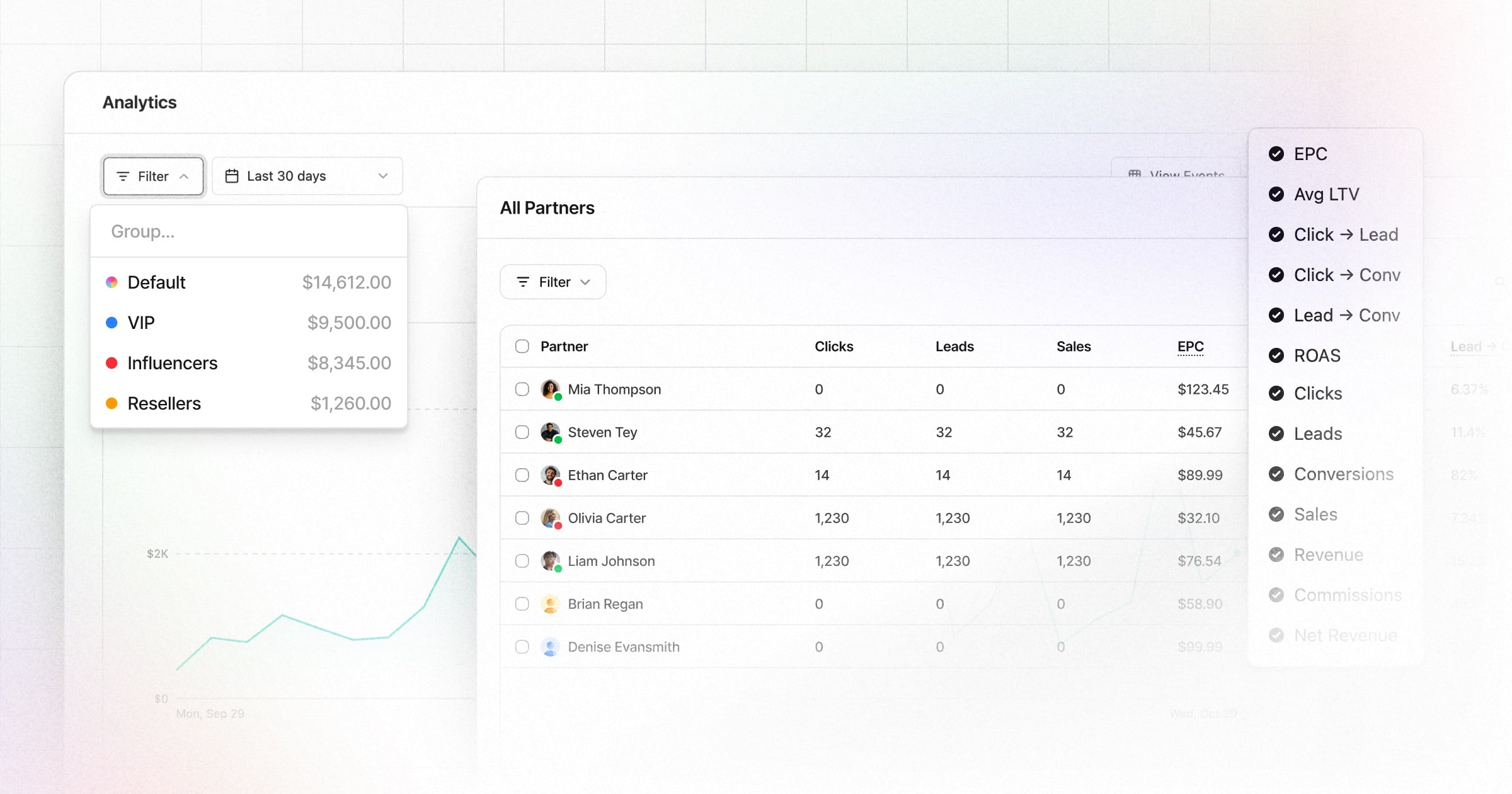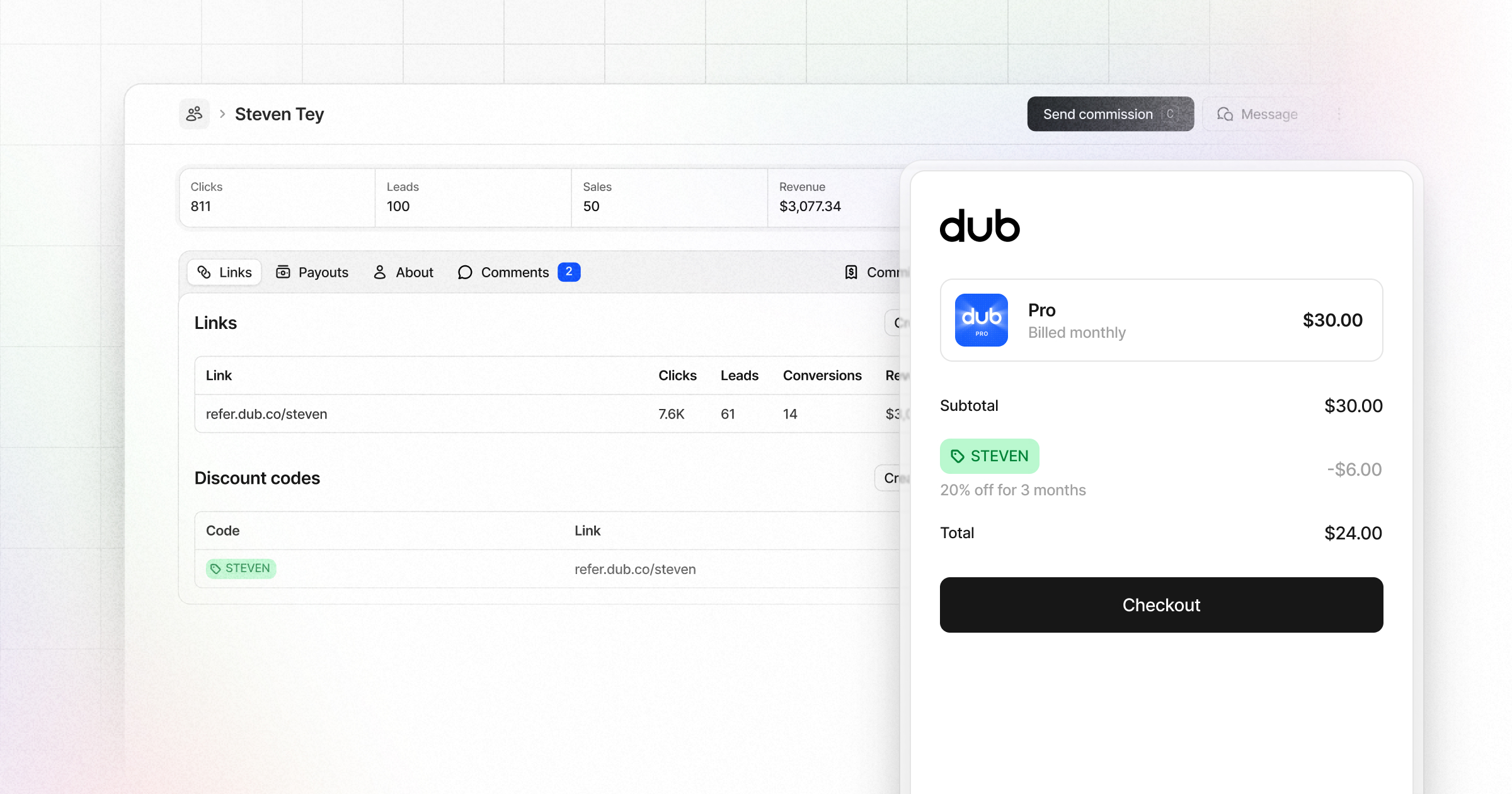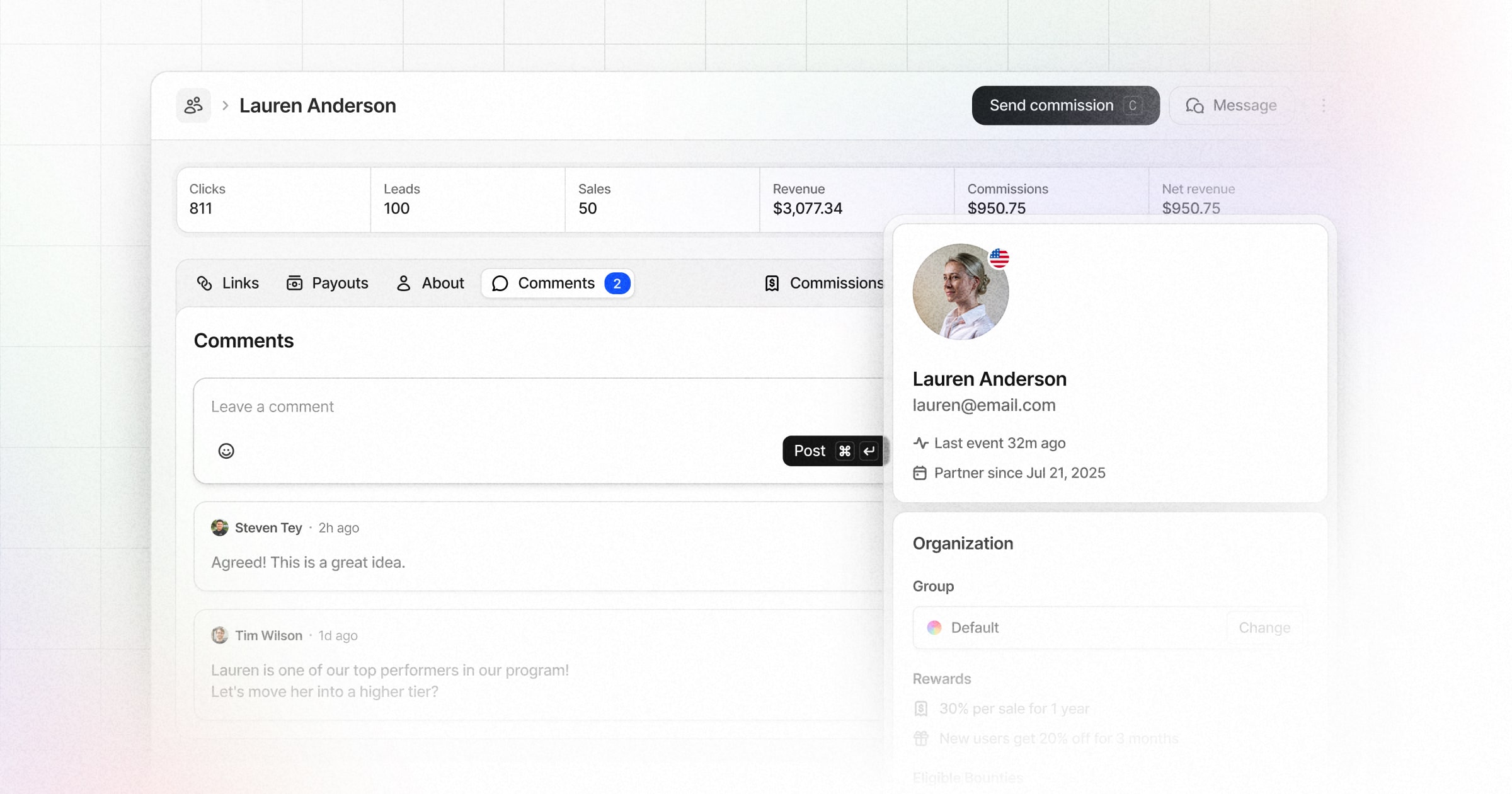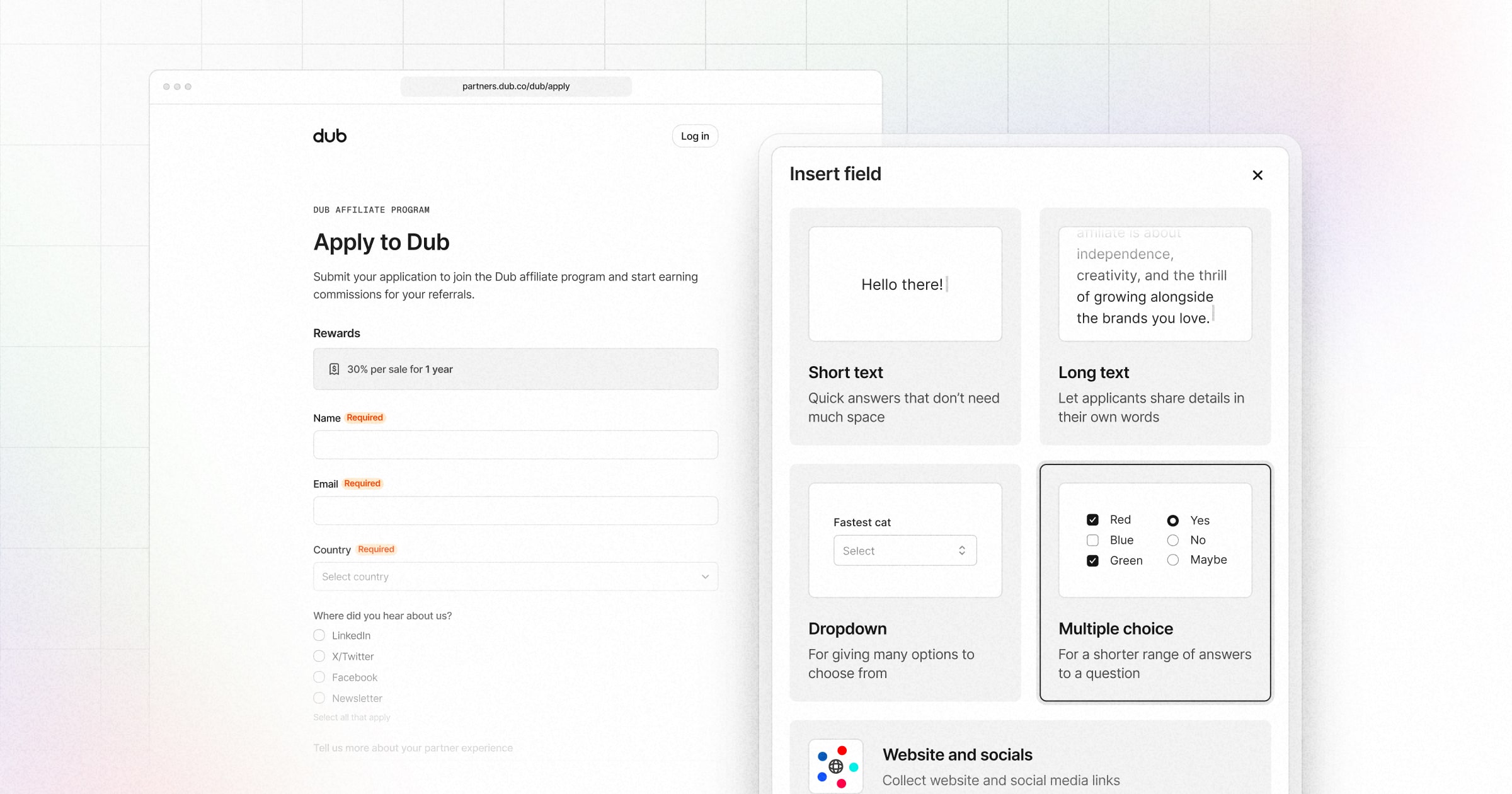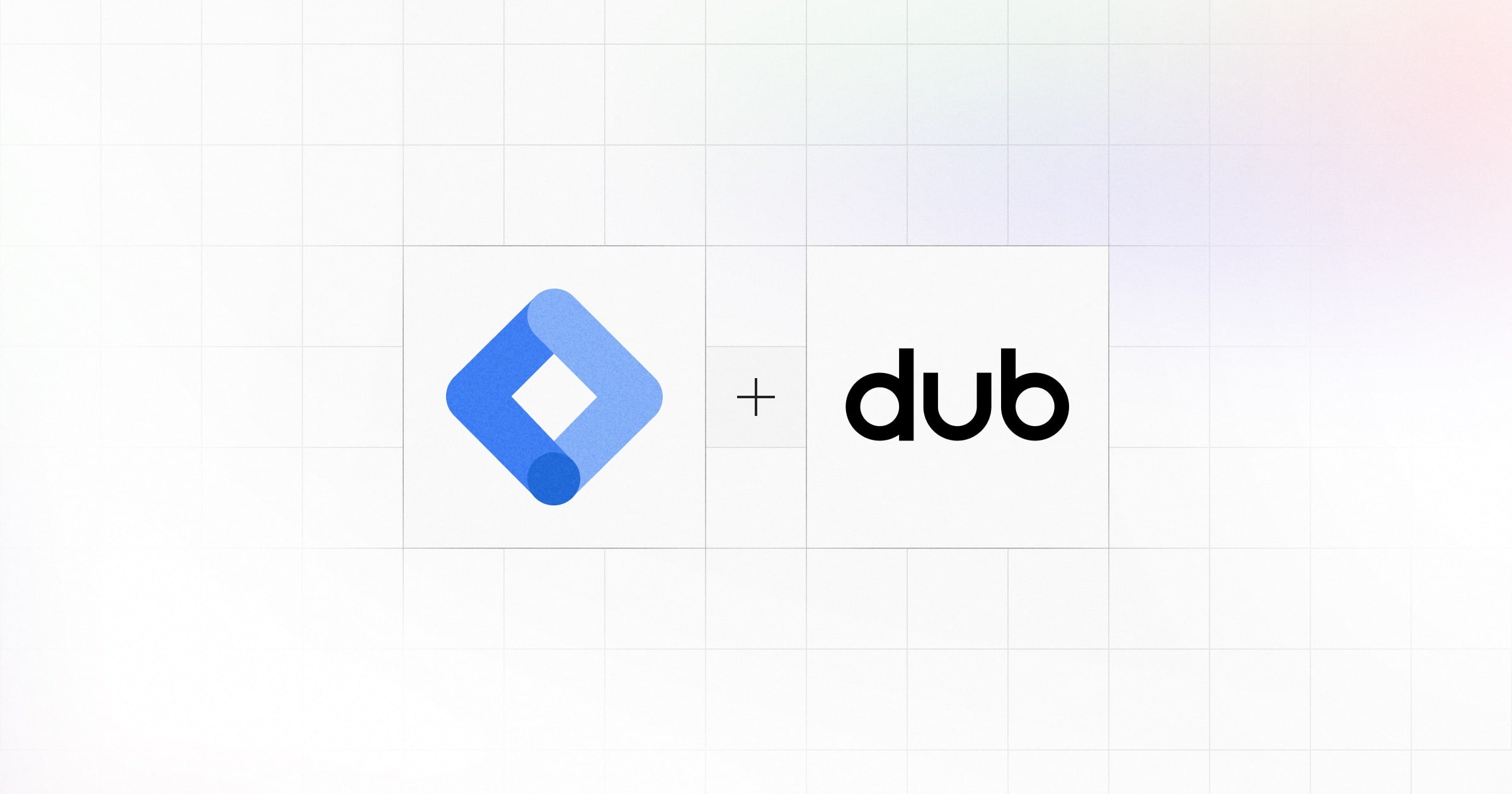We've added several new metrics to help you measure partner performance on Dub (all of which are sortable as well):
- Earnings Per Click (EPC)
- Average Lifetime Value (LTV)
- Conversion rates (click → lead, click → conversion, lead → conversion)
- Return On Ad Spend (ROAS)
On top of that, we've also added a way to filter and visualize your program analytics by partner group (a long-awaited feature request).
